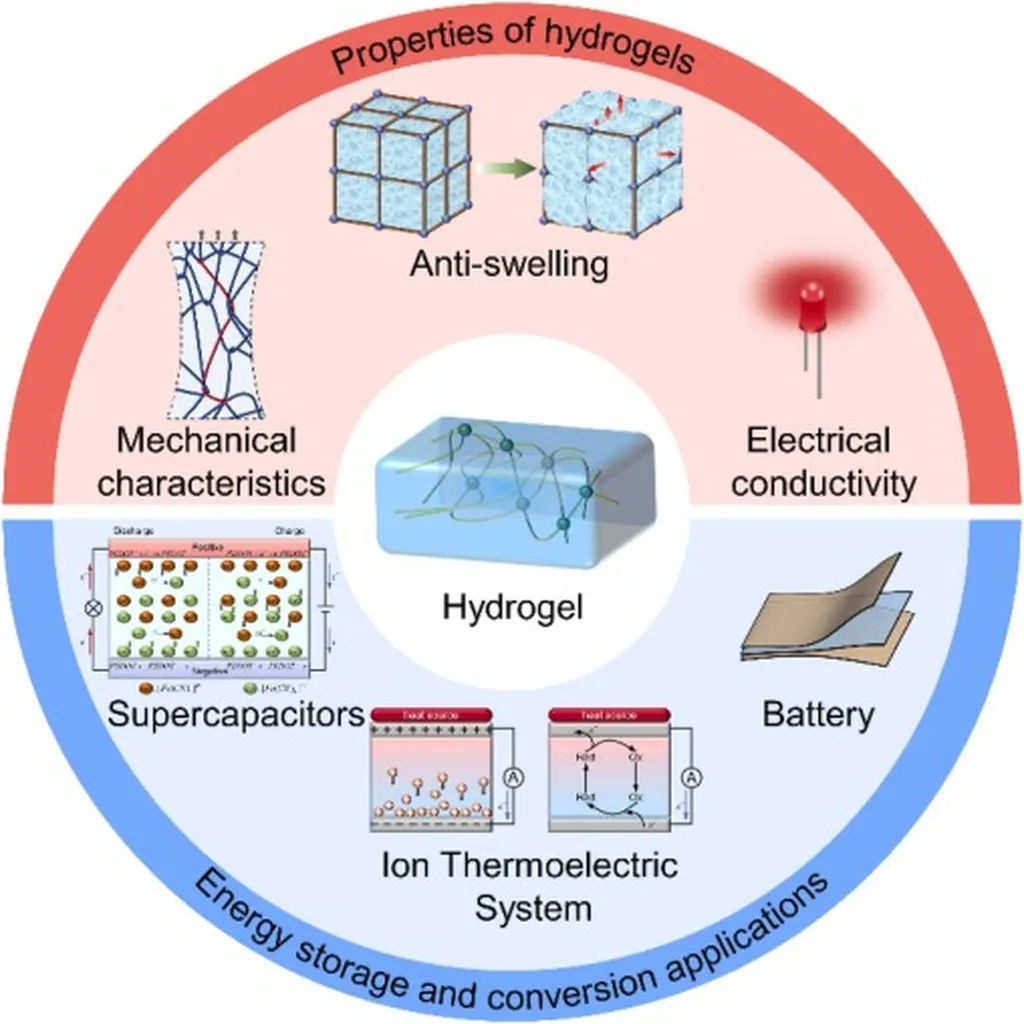In the ever-evolving landscape of advanced materials, a recent study published in *ACS Materials Au* (which translates to *ACS Materials Gold Open Access*) is making waves. The research, led by Yu-Ning An, delves into the fascinating world of lanthanide-containing nanocomposite hydrogels, offering insights that could reshape the energy sector. While the lead author’s affiliation remains undisclosed, the implications of this work are far-reaching and worthy of attention.
Lanthanide-containing nanocomposite hydrogels are a class of materials that combine the unique properties of lanthanide elements with the versatility of hydrogels. These materials are gaining traction for their potential applications in energy storage, catalysis, and environmental remediation. The study by An and their team sheds light on the current state of research in this field and explores future directions that could unlock new possibilities.
One of the key aspects highlighted in the research is the ability of these hydrogels to enhance the performance of energy storage devices. “The incorporation of lanthanide elements into nanocomposite hydrogels can significantly improve their electrochemical properties,” An explains. This enhancement can lead to more efficient and durable energy storage solutions, which are crucial for the transition to renewable energy sources.
The commercial impact of this research is substantial. As the energy sector continues to evolve, the demand for advanced materials that can support sustainable and efficient energy solutions is on the rise. Lanthanide-containing nanocomposite hydrogels could play a pivotal role in meeting this demand, offering innovative solutions for energy storage and conversion.
Moreover, the study explores the potential of these materials in environmental applications. “These hydrogels can be designed to selectively adsorb and remove pollutants from water, making them valuable for water treatment and environmental remediation,” An notes. This dual functionality—enhancing energy storage while also addressing environmental challenges—positions these materials as a versatile tool in the quest for a sustainable future.
The research also underscores the importance of interdisciplinary collaboration in driving innovation. By bringing together expertise from materials science, chemistry, and engineering, the study highlights the potential for breakthroughs that can address complex global challenges. As the field continues to evolve, such collaborations will be essential in pushing the boundaries of what is possible.
In conclusion, the study published in *ACS Materials Au* offers a compelling perspective on the current and future directions of lanthanide-containing nanocomposite hydrogels. The insights provided by Yu-Ning An and their team not only advance our understanding of these materials but also pave the way for their practical applications in the energy sector and beyond. As the world continues to seek sustainable and efficient solutions, the role of these advanced materials will undoubtedly become increasingly significant.

